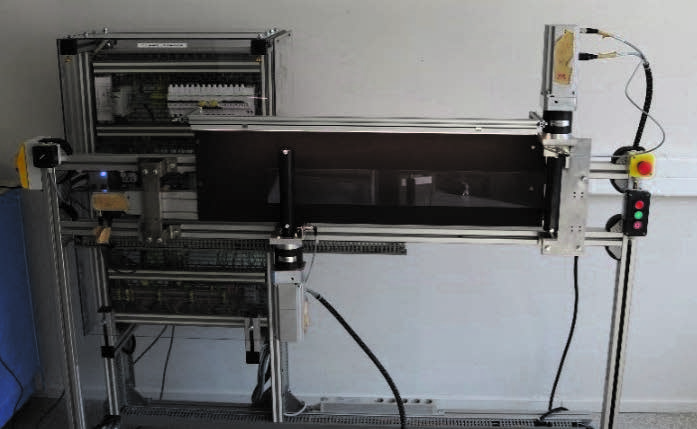The Clamp Bender: A New Testing Equipment for Thin Glass

Abstract
The bending strength of flat glass panels including the effects of their edges, is commonly determined by means of the four-point bending test method. This is an established and reliable method. However, when testing glass thinner than 3 mm, large deformation may occur. This means that the calculated stresses might not correspond to the actual, as the hypothesis behind the small deformation theory does no longer hold. Furthermore, it might occur that the specimen slips out of the supports, compelling the testing impossible. An alternative method, suitable for thin glass, consists of inducing an increasing curvature from flat until fracture. The curvature is to be constant along the length of the specimen at any time. The stress at fracture is calculated by knowing the
corresponding radius or the applied bending moment. The equipment capable of performing this test is the clamp bender whereby the glass is held by two clamps at the specimen’s ends. Rotational and translational movement combine to uniaxially bend
the glass as desired. This paper explores the validity of the clamp bender for testing thin glass by comparing the results generated by three different test setups developed at TU Darmstadt, TU Dresden and AGC. The three individually developed clamp bender setups follow the same principle, but present a few differences in actuation. Using these three clamp bender test setups, identical series of thin glass specimens were tested. The results showed that the glass fracture strength data coming from different setups match quite
well one another. This paper discusses the different test setups and compares the obtained glass strength data. It contributes to the development of a universally applicable, simple and reliable test method for thin glass.
Published
Issue
Section
Thin Glass
License
Copyright (c) 2022 Marco Zaccaria, Timon Peters, Jan Ebert, Nerio Lucca, Jens Schneider, Christian Louter

This work is licensed under a Creative Commons Attribution 4.0 International License.



